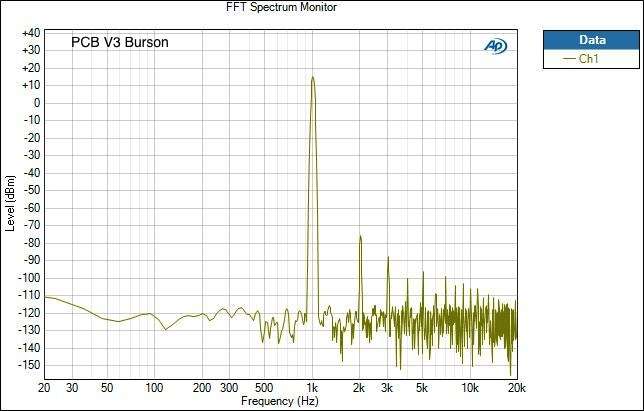maty
Major Contributor
- Thread Starter
- #221
At RF and more, aluminum is the most optimal (cheaper than copper). With a thin layer it is enough.
But the audio world usually works up to 350 kHz (the more fast amplifiers, bandwith) as a commitment to avoid RF problems. And the musical is up to 20-24 kHz (galvanized steel is cheaper an better, only you need to save at least 6 mm to the walls, better 10 mm).
But the audio world usually works up to 350 kHz (the more fast amplifiers, bandwith) as a commitment to avoid RF problems. And the musical is up to 20-24 kHz (galvanized steel is cheaper an better, only you need to save at least 6 mm to the walls, better 10 mm).


